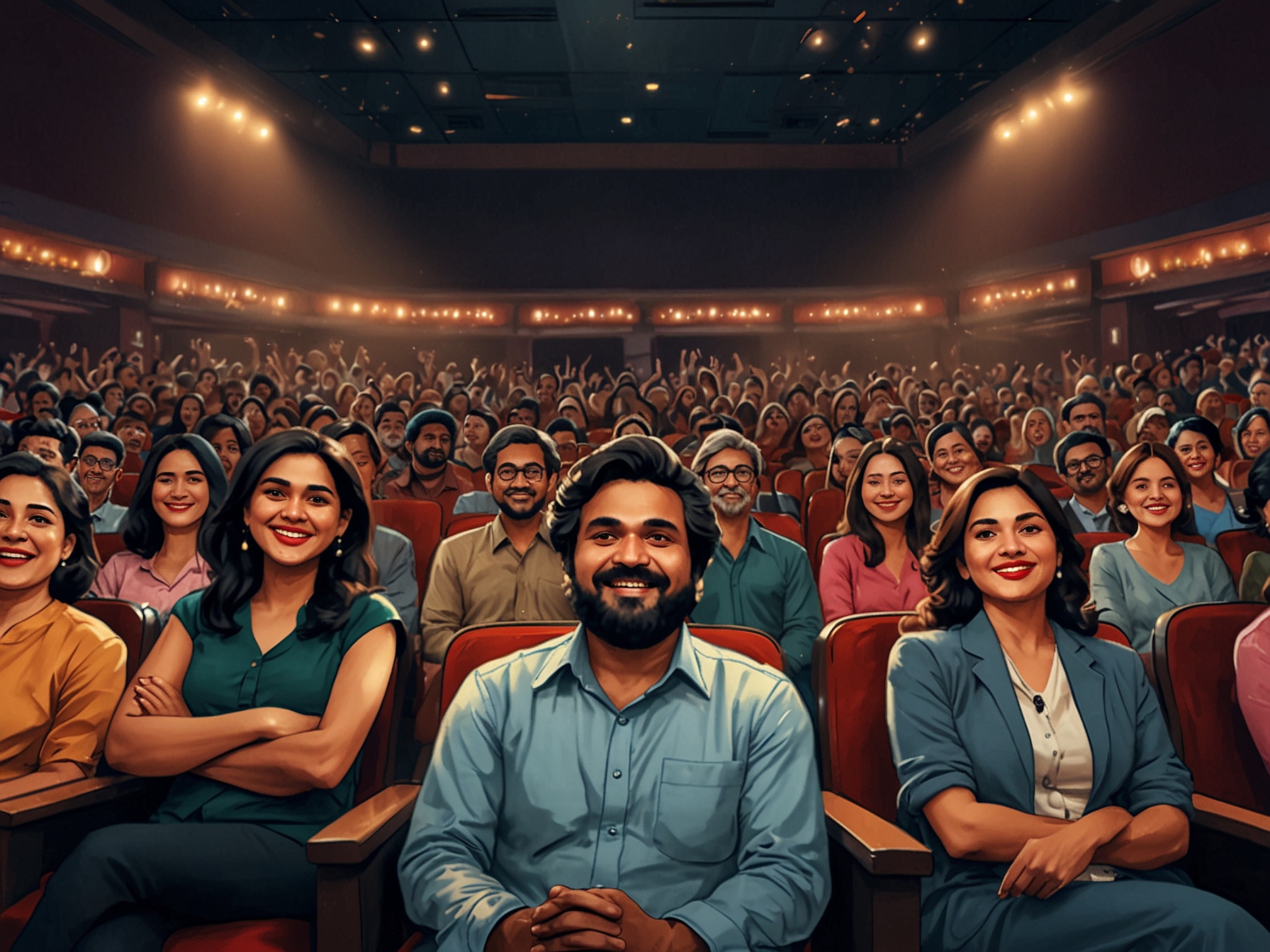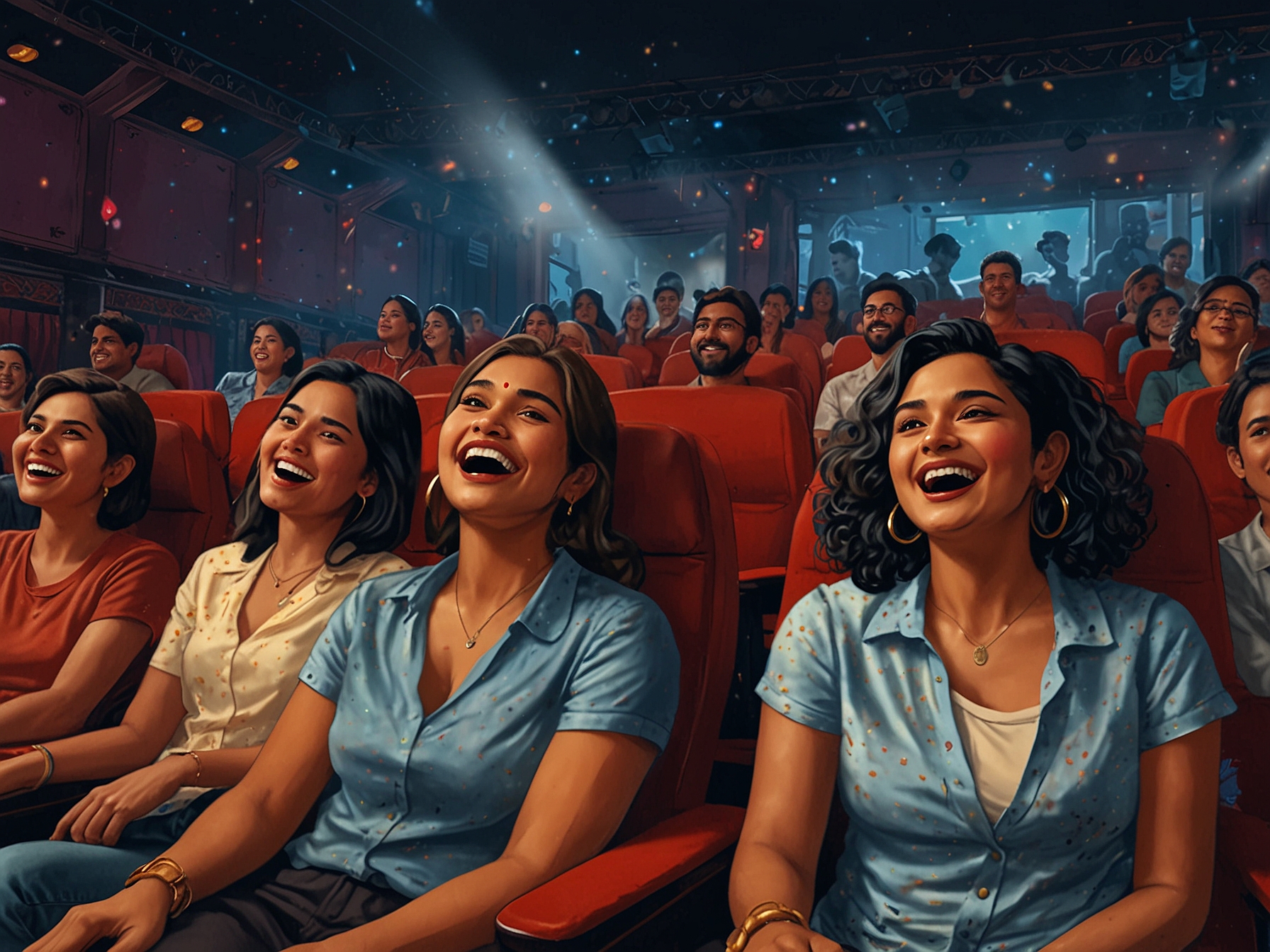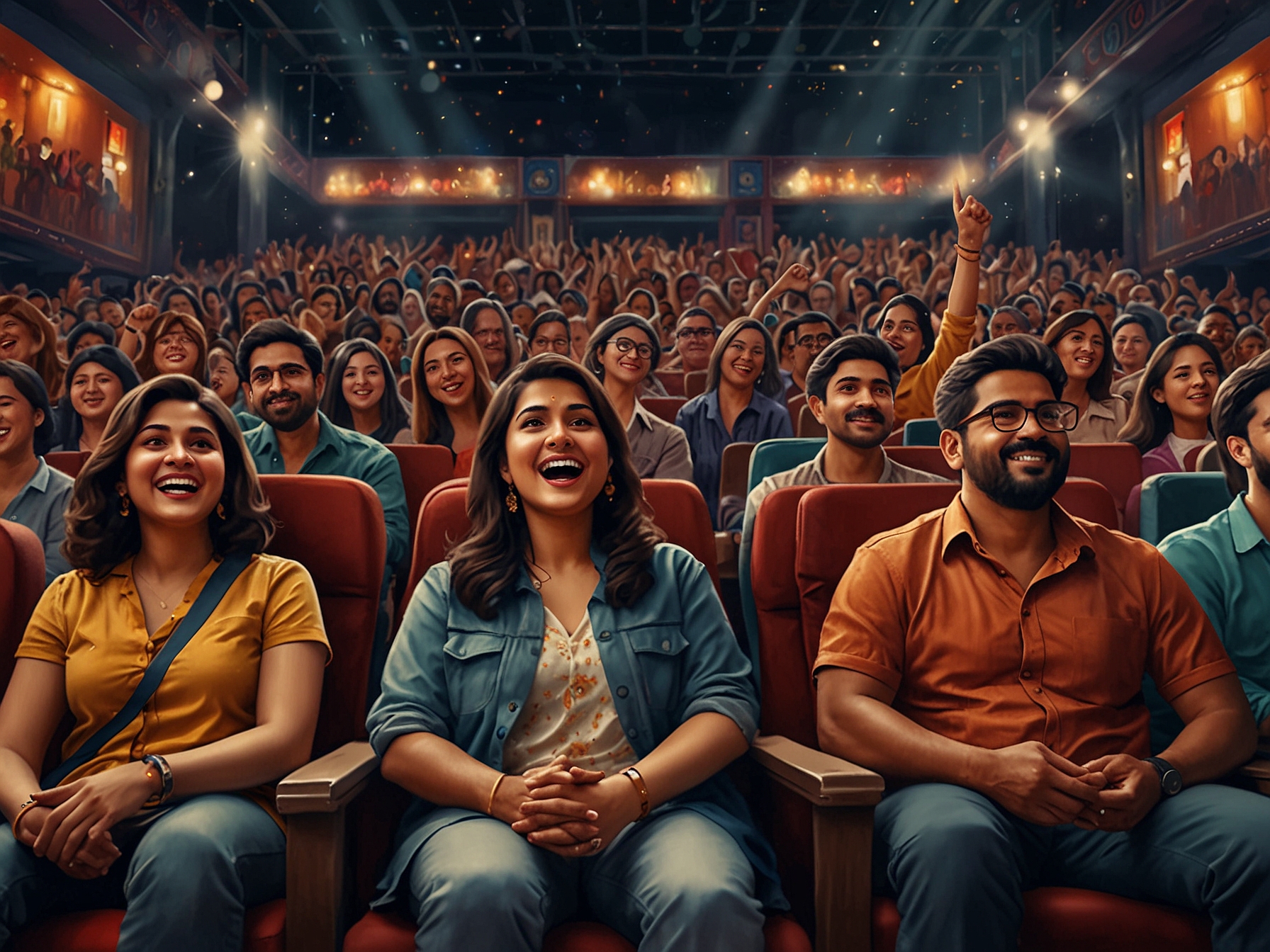The film industry is buzzing with excitement. Allu Arjun’s latest release, Pushpa 2, has become an instant sensation. Moviegoers flooded theaters, eager to see the sequel to the blockbuster original. The overwhelming energy was palpable, turning cinemas into vibrant celebrations of art and storytelling.

Pushpa 2 has scored big at the box office. Earning ₹165 crore on its first day alone, it eclipsed the previous record held by RRR. This thrilling action drama captivated audiences, particularly in the Telugu-speaking regions, igniting a sense of pride among fans. Just picture it: fans dancing, cheering, and singing in unison as they absorbed the cinematic experience. It truly makes you wonder—what is it about these films that resonates so deeply with the audience?
Looking back at the RRR debut, some thought it might stand for a long time. Ram Charan and Jr NTR had certainly created a remarkable milestone, with ₹133 crore on day one. Yet here we stand, marveling at Allu Arjun’s prowess, a feat that proves how quickly the landscape can shift in Indian cinema. Do these box office battles reflect changing tastes or merely the promotional power of a strong fan base?

Delving into the numbers, Pushpa 2’s success was particularly notable in the Telugu sector. The film racked up ₹95.1 crore in Telugu, alongside notable earnings in Hindi and Tamil. This spike in attendance reflects a larger trend: regional films gaining traction beyond their home bases. Can this be the dawn of a new era for diverse storytelling in the cinematic universe?
The wide reception of Pushpa 2 has ignited discussions about expectations for its worldwide performance. Estimates suggest a potential global yield of ₹300 crore, making it yet another titan in the realm of Indian cinema. The anticipation for overseas revenue is tantalizing, especially with early bookings breaking records. What if this trend continues? It might not just be Indian films but also global cinema that gets redefined by audiences’ preferences.

The production quality and performances drive the film’s success. Allu Arjun’s charisma shines, with his on-screen chemistry with Rashmika Mandanna eliciting cheers and applause from fans. Their interactions have sparked a wave of memes and social media discussions. Do performances make or break a movie? In this instance, it’s hard to argue against the latter.
Pushpa 2 also brings seasoned actors into the limelight. The likes of Fahadh Faasil and Jagapathi Babu join the ensemble cast, enhancing the narrative with their skill. This blend of both young talent and seasoned professionals creates a dynamic viewing experience. Isn’t it fascinating how casting choices can sometimes change a film’s trajectory?
It is noteworthy to consider the social impact of these films. Beyond the box office figures, they provide a communal experience. Families and friends bask in the laughter and emotional moments shared on the big screen. Cinematic outings become more than just leisure—they morph into shared memories that people cherish. What role does community play in the success of films?
In conclusion, Allu Arjun’s Pushpa 2 has set a new benchmark in Indian cinema. It invites us to look at not just the numbers but also the emotional connections that films foster. As the industry evolves, one can only wonder what lies ahead. Will we see more films breaking boundaries? Only time will tell.




